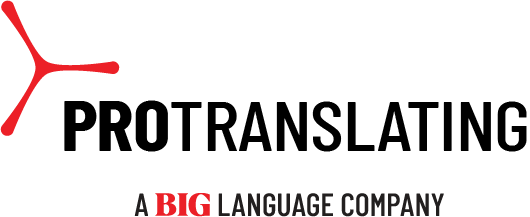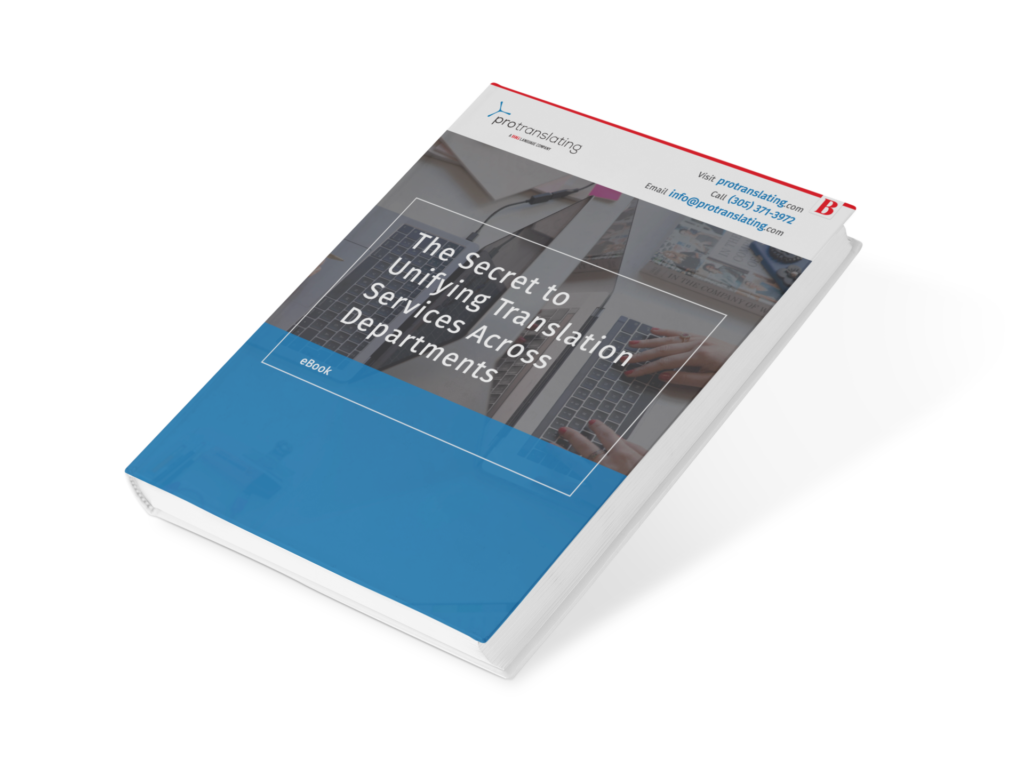Even before the Covid-19 pandemic, Research and Markets forecast that the eLearning or online education market would grow to $350 billion by 2025. During the pandemic, schools and universities have had to close physical locations, forcing learning to move increasingly online.
With many platforms available to satisfy this demand, which ones are the best for authoring multi-language content?
Whether you are looking for a simple, easy-to-use platform for designing microlearning modules, a high-end platform with sophisticated translation and optimization options, or a savvy platform with video recording and editing for creators for a global audience there’s an authoring option available for you.
 Here are the top five platforms being used by content creators and training organizations in 2021.
Here are the top five platforms being used by content creators and training organizations in 2021.





 Whichever authoring platform you choose to produce your eLearning courses, you’ll need a professional translation and localization partner to help you bring your course to the widest possible audience.
Protranslating is a team of passionate linguists with old-school values, providing a full spectrum of services in 200 languages to organizations across the globe.
Whichever authoring platform you choose to produce your eLearning courses, you’ll need a professional translation and localization partner to help you bring your course to the widest possible audience.
Protranslating is a team of passionate linguists with old-school values, providing a full spectrum of services in 200 languages to organizations across the globe.
 Here are the top five platforms being used by content creators and training organizations in 2021.
Here are the top five platforms being used by content creators and training organizations in 2021.
Articulate Rise
Though Articulate 360 has yet to achieve the success of its larger competitors, it’s gaining popularity for its speed, simplicity of use, and impressive course design capabilities. Businesses are using the platform in two key ways:- a supplemental authoring tool to build smaller eLearning modules
- microlearning experiences to reinforce key concepts within larger modules

Articulate Storyline
One of the leading authoring tools for eLearning content, Storyline, lets users create impressive and professional interactive course content. Its’ user interface is straightforward and reputed to be one of the easiest in the industry. However, Storyline’s most significant advantage when creating courses in multiple languages is the impressive translation and localization options. Storyline simplifies the process of duplicating existing courses into new languages. Simply export the course as a .doc or .xml file and send it to your language service provider. Additionally, your language service provider can go directly into the Storyline platform to make any localization adjustments. Non-text material will need to be exported separately for localization. Other noteworthy features include:- Fully responsive across all devices
- Supports language with unique formats, i.e. right-to-left reading for Arabic, Farsi, and Hebrew, and double-byte character languages like Japanese, Chinese and Korean.
- Text-to-speech conversion to allow narration, making the course easier to translate and localize accurately

Lectora
Organizations with a global audience of employees and consumers who create training and course content across multiple languages have historically found it time-consuming, inefficient, and expensive to author their training. Lectora reduces friction by facilitating easy export of source content and importing the translated and localized version, improving the quality of translated courses, and ensuring they are culturally appropriate. Content is exported into a single RTF file which serves as the source document and sent to the organization’s language service provider. Once localized, the content is easily uploaded to the Lectora platform into your existing course layout. Video, audio, and other multimedia will need to be exported separately. Lectora’s useful, time-saving option automatically increases the text box size to compensate for changes in text size. It’s still advisable to go through the course to make sure the formatting is correct. Other features of Lectora include:- Integration with Camtasia allowing for high-quality screen recording and editing
- Mac and PC compatible
- Responsive across all devices
- Built-in workflow and collaboration tools that allow for seamless collaboration when finalizing localization or creating content with remote contractors.

Camtasia
Camtasia is a well-known and widely-adopted screencasting software used by some of the world’s largest brands — including eBay and the American Cancer Society, to produce eLearning and training courses. For companies creating courses in multiple languages, Camtasia’s flexibility and editing capabilities, along with its customizable visual effects, make it a good option. The array of file types that can be imported and exported when translating and localizing your eCourse content in Camtasia have proven popular with course creators and companies alike. As well as allowing users to publish directly to YouTube, Camtasia integrates with PowerPoint and other business software to bolster its platform. Using Camtasia for translation and localization offers several benefits, including:- An extensive, royalty-free asset library
- Simple theme editing, which is valuable when editing and localizing across several languages
- Edit and localize multiple tracks

Adobe Captivate
Adobe Captivate lets you quickly and effortlessly author eLearning courses in multiple languages. By allowing users to export their course content as a .doc or .xml file, you can easily send it to your language service provider for translation and localization to create an identical course in a new language. You will need to translate and localize images, video, and audio separately, but it speeds up producing content in multiple languages. The software has benefited from several enhancements, including:- Fully responsive across all devices
- Interactive quizzes to test a learner’s understanding of the content
- A library of graphics, layouts, and other assets to speed up course building
- Integration with Adobe Photoshop to create and edit visual content
- Text size can change by up to 50% when translated
- Avoid changing ID values, or you won’t be able to import your translation back correctly
- Multimedia translations need to be handled separately
- Some fonts and color schemes won’t work well in specific languages such as Japanese, Chinese, and languages that read from right-to-left.

 Whichever authoring platform you choose to produce your eLearning courses, you’ll need a professional translation and localization partner to help you bring your course to the widest possible audience.
Protranslating is a team of passionate linguists with old-school values, providing a full spectrum of services in 200 languages to organizations across the globe.
Whichever authoring platform you choose to produce your eLearning courses, you’ll need a professional translation and localization partner to help you bring your course to the widest possible audience.
Protranslating is a team of passionate linguists with old-school values, providing a full spectrum of services in 200 languages to organizations across the globe.







